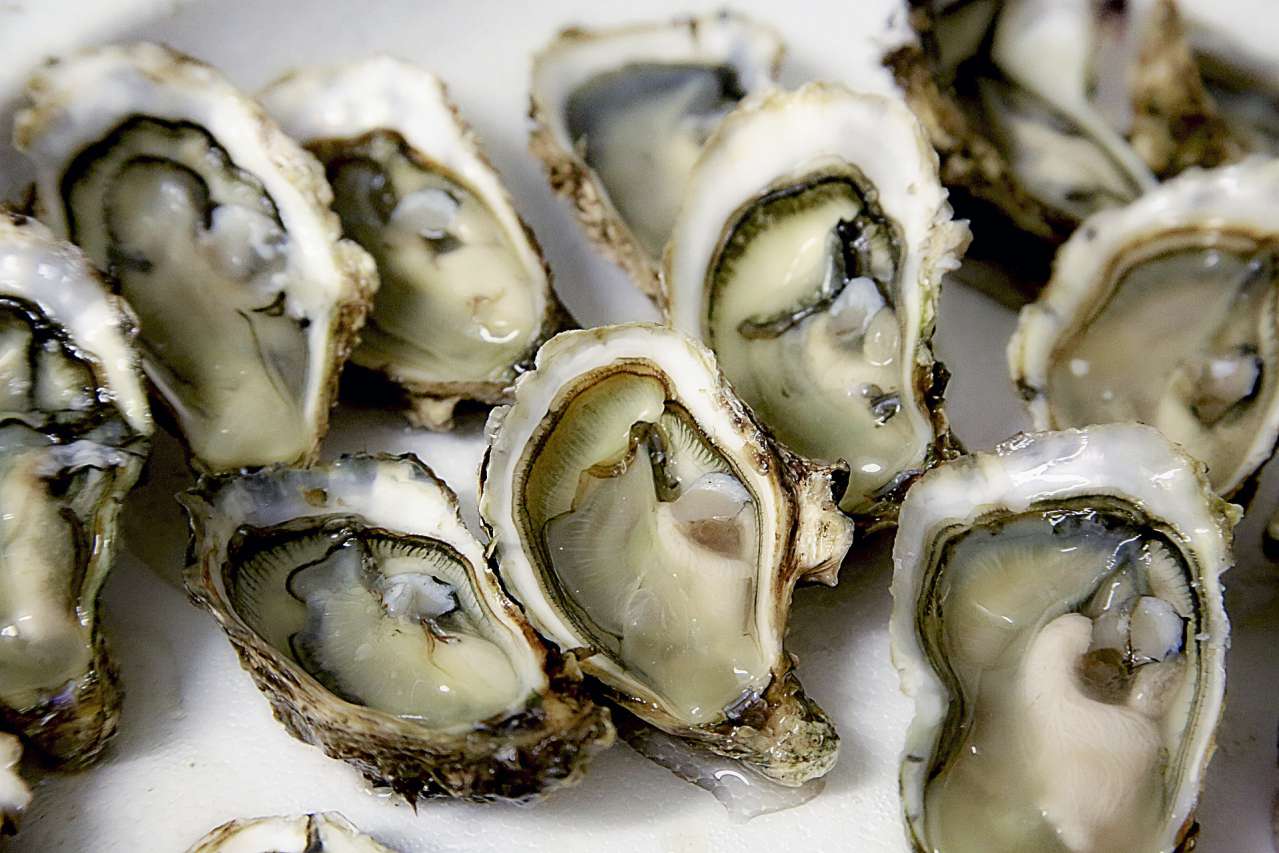The first thing you notice in the taste of oysters is the bright, bright sea taste of salty sea water.
This is straight concentrate of the sea.
Although it’s not surprising, because the oysters were pulled out of the sea water before they came to us.

The taste is fresh, sweetish, salty, giving off both cucumber and sea flavors.
Why are oysters so expensive
Oysters for sale are most often grown in natural conditions - the sea, a salt lake.
They are then valued higher. This process is very labor-intensive.
The development of a mollusk is influenced by many factors: water temperature, salinity, current, cleanliness, and the presence of natural pests.
What are the benefits of oysters
Oyster is extremely rich in vitamins B12, iron, zinc and other beneficial microelements.
The presence of Omega-3 in oysters has a beneficial effect on the health of the heart and blood vessels.
Oyster has a higher lipid content than other seafood. This means that it contains more vitamins A and D.
Oyster meat contains a lot of thiamine, which can combat fatigue and irritability and increase performance.
For women, seafood will be an excellent help in the fight against cellulite and will accelerate the activation of reproductive processes.
In addition, shellfish are a powerful aphrodisiac.
How to eat oysters: to chew or not
Add sauce to the shell and simply drink the oyster, then wash it down with wine.
Traditionally, the shellfish is not chewed, although in order to better experience the taste, you can hold it in your mouth for a while before swallowing.
Many people know that lemon is served with oysters to check freshness.
The mollusk instantly reacts to the contact of a few drops of lemon juice on its body.
It is customary to serve white wine with oysters: Chablis, Muscadet, Sancerre.
The ideal pairing is dry champagne. Beer goes well with saltier oysters, especially stouts and porters.













